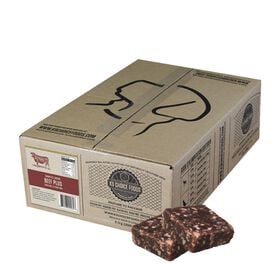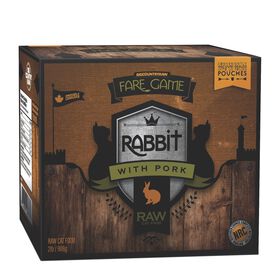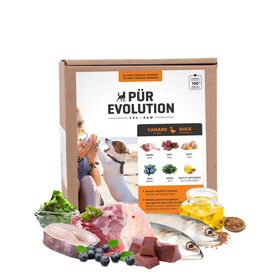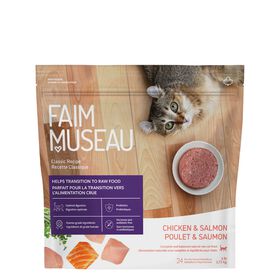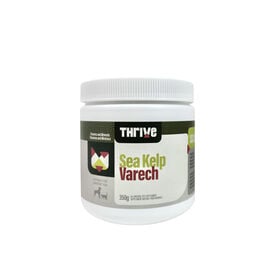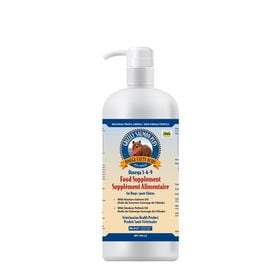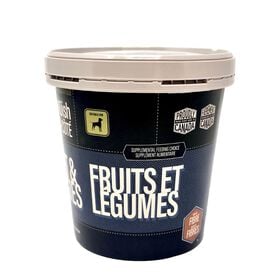When it comes to diet, as a people we are becoming more and more aware, and much more knowledgeable. We’re all opting for foods that are less modified, more balanced, and in many cases, local and organic, and we take a similarly evolved approach when it comes to selecting foods for our pets. After all, we want the best for them, right? We want to know what is in their food, and we want to choose products that we can trust.
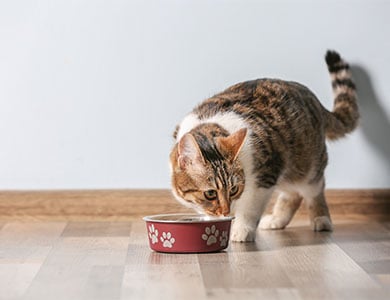
The raw food movement
With the raw food movement well underway, raw-meat-based food is becoming more and more popular due to its simple ingredients, lack of preservative agents and other additives, and the fact that meat is its main ingredient. Many companies are offering whole products, while others leave it up to the owner to add any supplements to the raw food. For instance, you can throw in fish oils or kelp to add variety and spice up the meal so you can feel a part of your pet’s meal prep.
Before jumping on the raw food train…
Before changing up your pet’s diet, remember that each animal is different and the best food does not exist, whether it is in form of kibble, canned food or raw meat. It is wise to proceed on a case-by-case basis according to your pet’s needs, as well as your own lifestyle. Raw food, after all, may not be the best option for you or your pet, it all depends.
A raw food diet requires a certain degree of cooperation on the part of the owner. For one, you have to freeze portions in advance. You also have to ensure the product is balanced, and you have to keep bowls and other surfaces that come in contact with meat immaculately clean. It’s important to consider the dos and don'ts of raw food for both your pet and yourself.
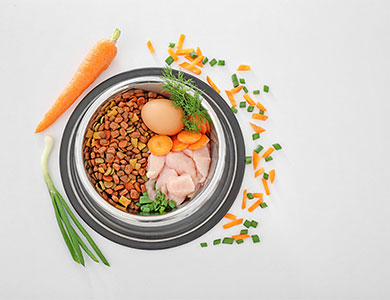
Watch the quantity, as well as the quality
When it comes to raw food, it is wise to choose a superior product, because ensuring quality is of prime importance. Raw food can indeed be contaminated by pathogenic bacteria, and as such, it is crucial that you exercise caution when shopping, and also when handling the product.
Furthermore, the ideal quantity for your pet varies widely according to their level of activity, so daily portions should be adjusted according to how much weight they gain or lose in the weeks following the diet change. Once this has been determined, adjust portions accordingly.
Remember that the recommended portions listed on the package are simply a starting point, and the same goes for all types of food. Pay close attention to quantities when transitioning to raw food.
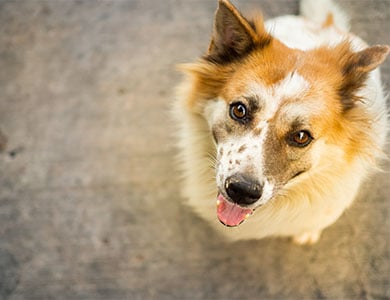
Results
Many cats and dogs who follow a raw food diet will show an improvement in their physical condition. Their coat may become more vibrant, their stools will be smaller in size, and, they will have a stronger appetite and more consistent energy levels: all signs that you’ve made the right choice!
It’s okay if you don’t feel at ease switching to a raw meat diet for your pet: a kibble-based diet is also a balanced diet, and will keep your pet in good health as well.
What’s important when it comes to raw food is that you remain vigilant of any changes in your pet’s health and behaviour, and to consult a veterinarian when necessary. And most importantly of all, don’t hesitate to consult one of our in-store specialists with any questions you may have about feeding raw food to your cat or dog.


